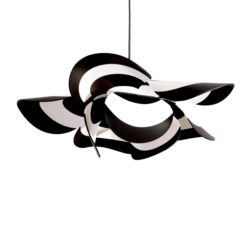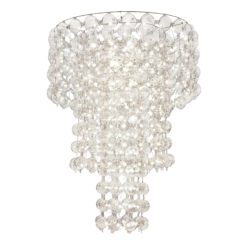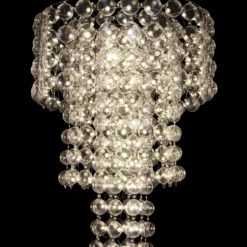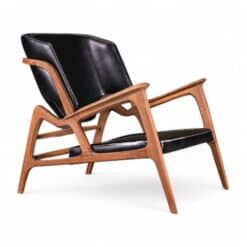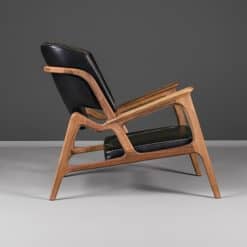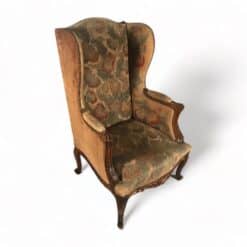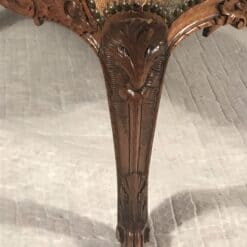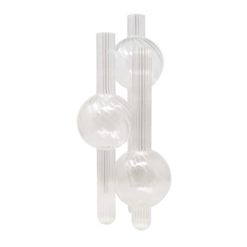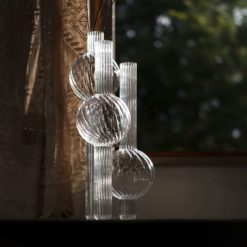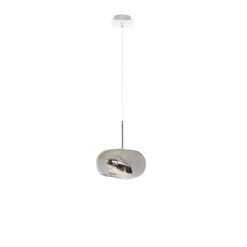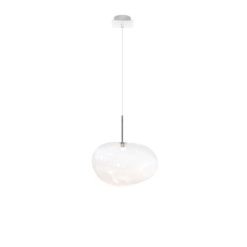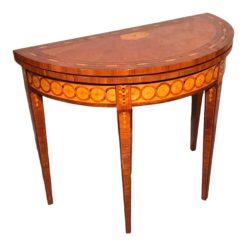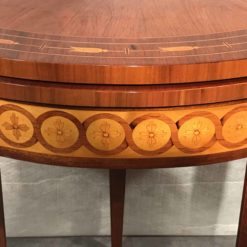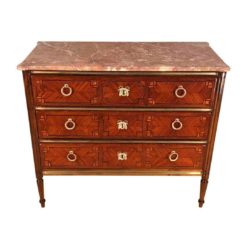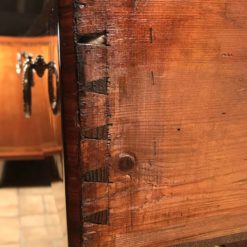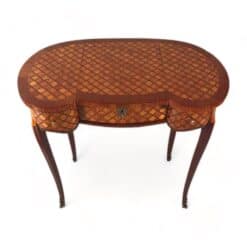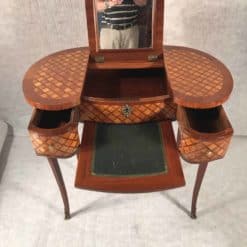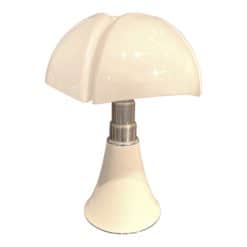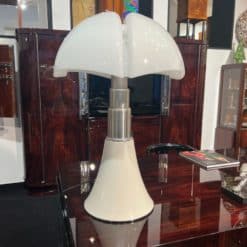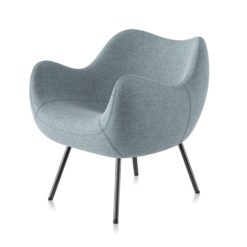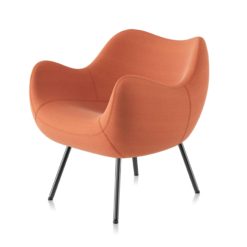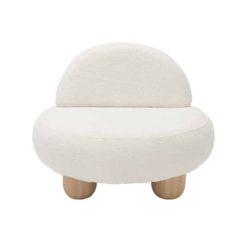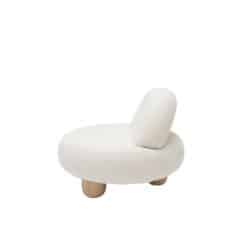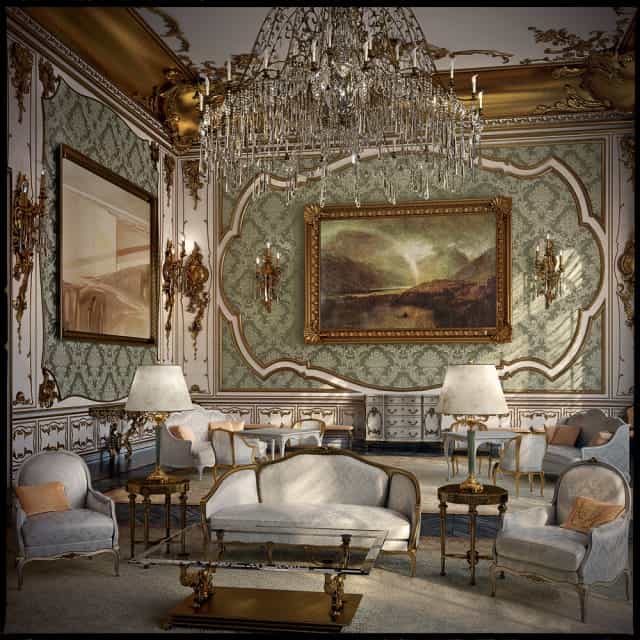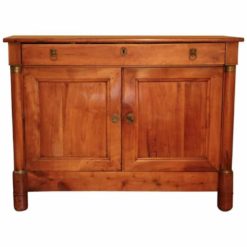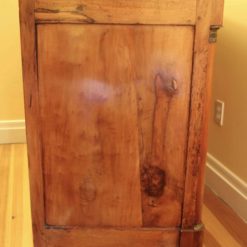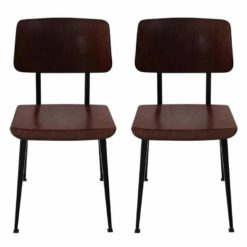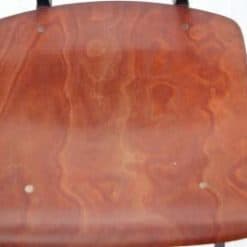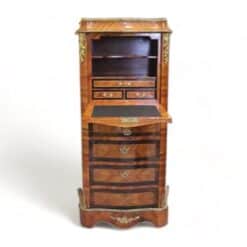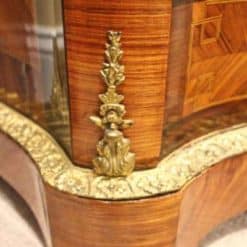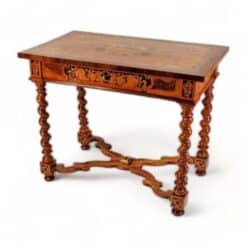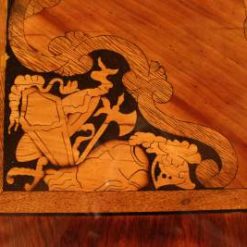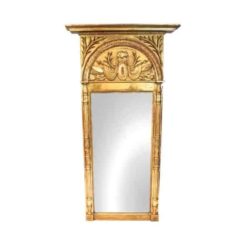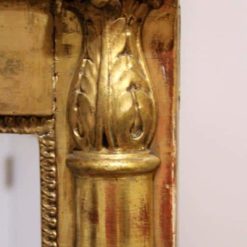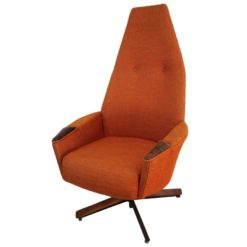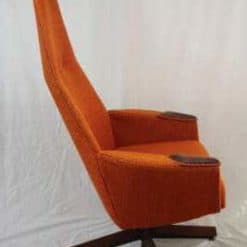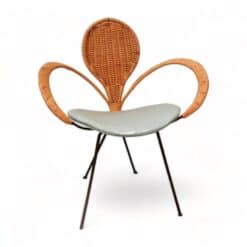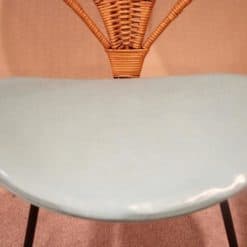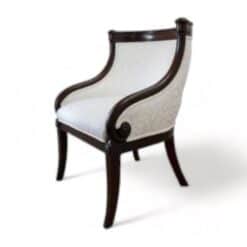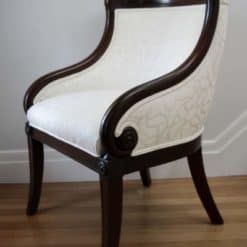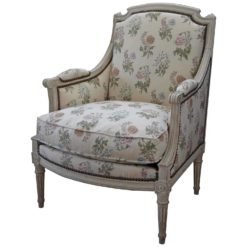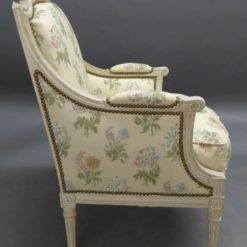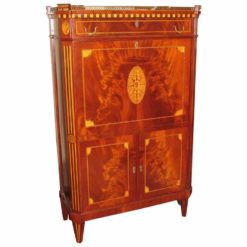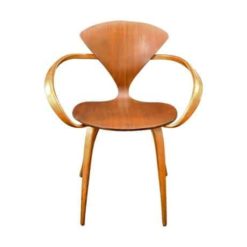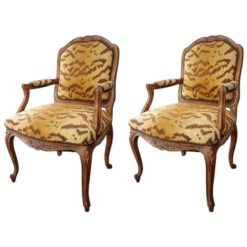Best Sellers
Styylish History
Second Empire Style Furniture History
The Second Empire Style
The Second Empire style, which lasted from 1848-1880, is also known as the Napoleon III Style. Typified by its eclectic characteristics in architecture and decorative arts, it flourished under the reign of Napoleon III (1808-1873). It left a substantial on both, Europe and the United States.
This period incorporated numerous elements from various designs across history. At the same time, artisans engineered novel uses for contemporary materials like cast iron and glass.
The Renovation of Paris
During Napoleon III’s rule, an extensive restoration of Paris took place under Georges-Eugène Haussmann, the Prefect of the Seine, from 1852 to 1870.
This city-wide renovation focused on purse and design as well as urban planning, which was unusual for the time. Railway stations, the tribunal de commerce, the Palais Garnier, and more were all constructed in the Second Empire style.
Significant buildings such as the Opera House and St. Augustine church purposefully built to be the focal point of new avenues were visible from a great distance.
In addition to monumental fountains that decorated the city center, Napoleon III also called for the expansion of Paris’s city limits to allow for new public buildings.
These new structures pulled from other architectural styles. For example, the French Renaissance style inspired the Tribunal du Commerce (1861-1867). And the new city hall (1855-1860) combined both Renaissance and Gothic.
Just like the furniture of this period mirrored innovation of industrialization, the new architecture designs reflected economic growth.
Railways, hotels, office builds, department stores, and more sprung up in the heart of Paris. These buildings replaced the primarily residential homes after Haussmen razed them to the ground.
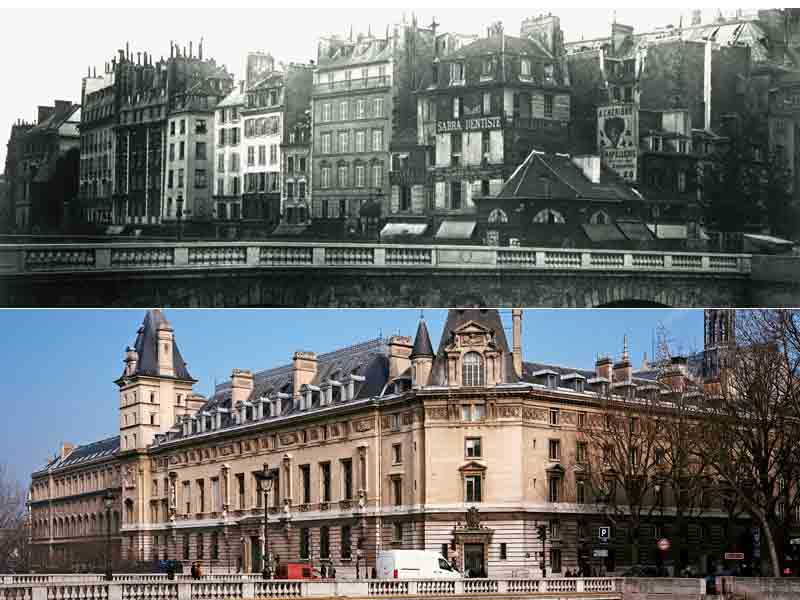
Characteristics of the Second Empire Style
The top priority of Napoleon III style furniture was comfort. However, the furniture remained highly decorative. This attention to form, as well as function, can be seen in intricately upholstered chairs with tassels, fringes, and luxurious fabrics.
Tapestry work became very popular for many pieces from this time. The elaborate upholstery often completely covered seating structures. Copper, shell, and other ornamental details also hid the frames of these pieces.
During this time, bamboo, paper mache, rattan, polychrome wood, and artisans used black lacquer for the first time in European furniture.
However, cabinetmakers still used many of the same woods associated with French luxury furniture. Ebony, pitchpine, walnut, and tulipwood remained particularly favored.
This style brought the return of ornamentation. Gilt-bronze fittings, copper, pewter, ivory, mother-of-pearl inlay, carved and gilded wood, porcelain plaques, and lacquered wood came back into style.
Atlantes, caryatids, and other beautifying components were synonymous with luxury. This extravagance and abundance are evident in rich decoration.
Tortoiseshell and metal marquetry furniture pulled inspiration from André-Charles Boulle, Louis XV, and Louis XVI styles.
Popular motifs included images representative of the Far East, Africa, and even Native Americans. Arabesques, flower bouquets, birds, pagodas, and oriental figures were common.
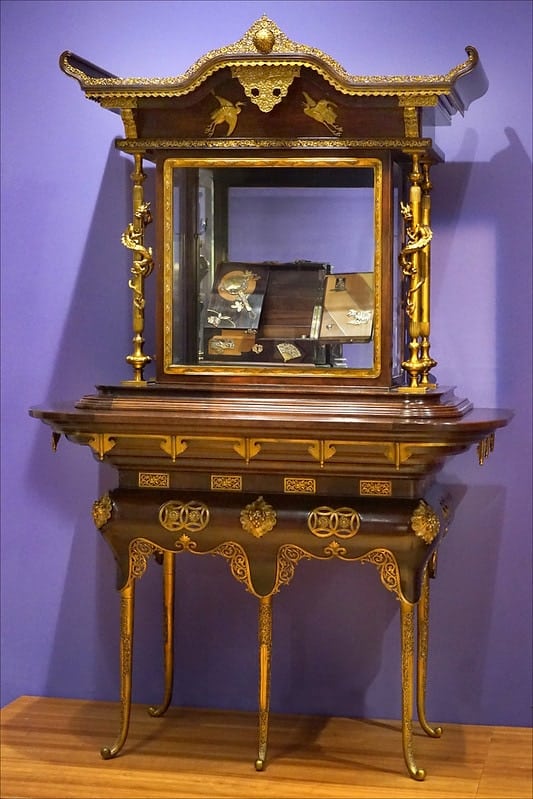
The Second Empire style is exemplified by its eclectic mix of old and new designs. A significant influence was French neoclassicism, the favored style of the Empress Eugénie.
The Empress’s adoration of Marie-Antoinette contributed to the popularity of the Second Empire Style. Because of her, many elements of Louis XVI design, like flower baskets and ribbons, re-emerged.
Second Empire Style Furniture
There were many novel innovations for furniture during Napoleon III’s rule. Industrialization led to a plethora of progress across several areas.
1838 marked the invention of the tufted cushion and cast iron pieces that could be replicated mechanically.
Other inventions allowed for faster manufacturing of components that were previously extremely labor-intensive.
Innovations like marble carving and finely cut veneer gave other classes access to products that once were exclusive for the aristocracy.
The upholstered footstool, or pouffe, and the angle sofa emerged. More unusual and unique designs in seating also developed, such as le confident, le indiscret, and crapaud (toad) armchair.
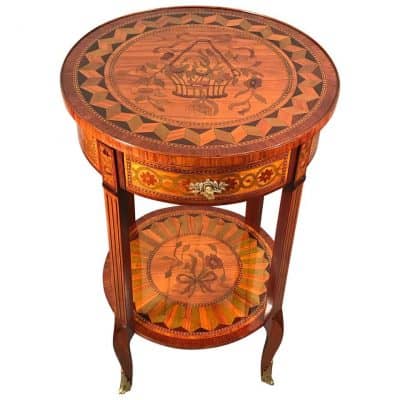
Pouffe
The pouffe was an upholstered footstool that became quite favored during this period. Its name alludes to something “puffed out.”
Smaller in size than an ottoman, the pouffe could also be used as a short cushioned seat. This chair is usually covered in fabric and is a big, firm cushion.
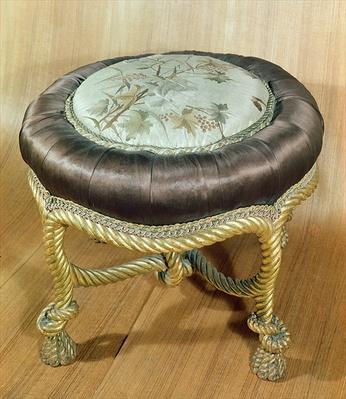
Le Confident and Le Indiscret
Also known as a vis-a-vis, the le confident seated two people as they spoke intimately “in confidence.”
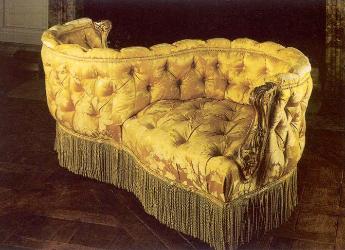
Le Indiscret used the same idea but instead accommodated three persons. This settee consists of three armchairs connect by a tail shaped like a propeller.
Like most Second Empire style seating, the frame remained covered. The “indiscret” got its name from the fact that the other users could have considered third party intrusive.
This unusual seating was trendy during the 19th century and continued well into the 20th.
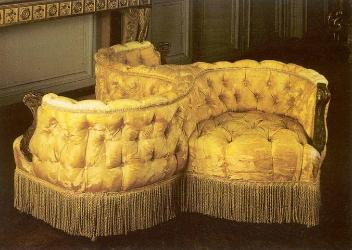
Crapaud
The crapaud was an armchair that sat low on the ground. It had a fringe along the bottom that covered the chair legs. It also featured thickly padded arms.
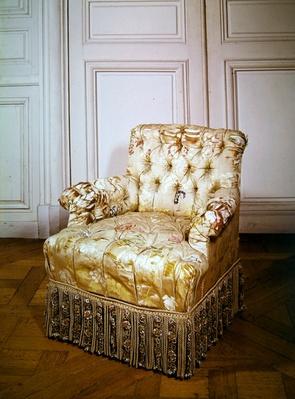
Chests and Cabinets
Cabinetmakers designed chests and cabinets with inspiration from the French Renaissance and Henry II styles.
These, as well as buffets and credences, often were constructed like small-scale cathedrals. They featured columns, frontons, cartouches, mascarons, and carvings of religious motifs.
Cabinetmakers used walnut, oak, and occasionally Poirier stained to look like ebony to construct these elaborate pieces.
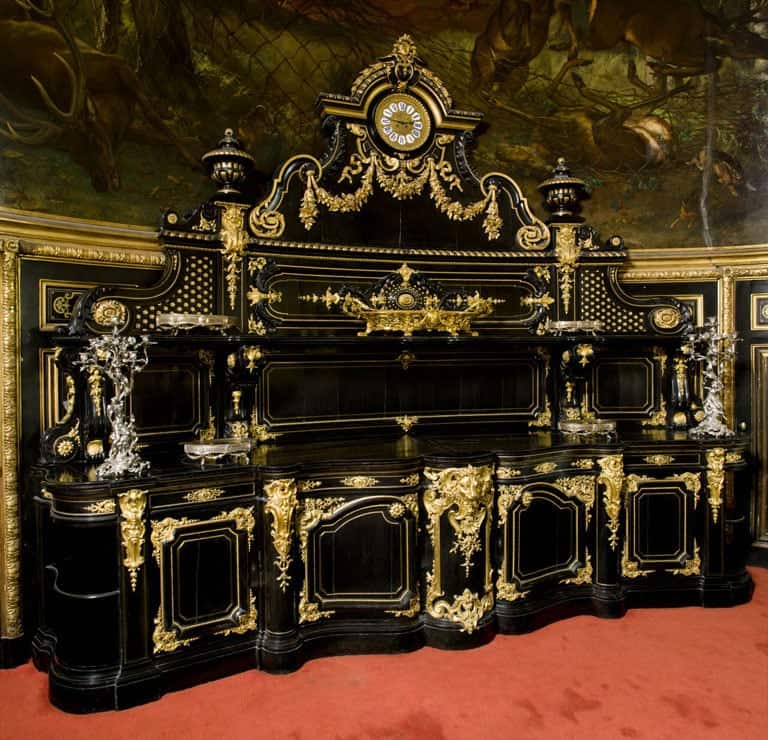
Influential Cabinetmakers
People celebrated furniture makers from this time for their impressive interior designs. The focal points for many rooms included fireplace mantels, mirrors, candelabras, sconces, and chandeliers.
Alfred Beurdeley (1847-1919)
From 1875 to 1894, Beurdeley managed his family’s gallery and workshops. In 1894, he turned his attention to cabinetmaking, intending to continue the tradition of luxury furniture produced by his father.
He specialized in 17th and 18th-century furniture reproductions, and his clientele included Napoleon III and the Empress Eugénie.
In 1878, he won a gold medal at the Exposition Universelle, eventually becoming one of the most influential cabinetmakers in Paris.
After retiring, he spent his remaining years collecting and selling furniture and other decorative art.
Antoine Krieger (1804-1856)
In 1826, Antoine Krieger and his brother Nicolas founded Maison Krieger in Paris. When Antoine died in 1856, the firm continued under several different names.
It eventually became one of the most prominent mechanized workshops in Paris. Antoine Krieger is known for inventing meubles à mécanisme, or furniture with special, often secret mechanisms.
Conclusion
The diversity of the Second Empire has given it the name the “style without style.”
It blends 17th and 18th-century features with contemporary elements. This reflects the transformative, innovative, and industrious energy in French furniture history.
Styylish Design, Every Time
Check out the Shop for a wide selection of antique furniture from around the world.
Then, check out the Blog for stylish design tips, style ideas, antique history, and more!

